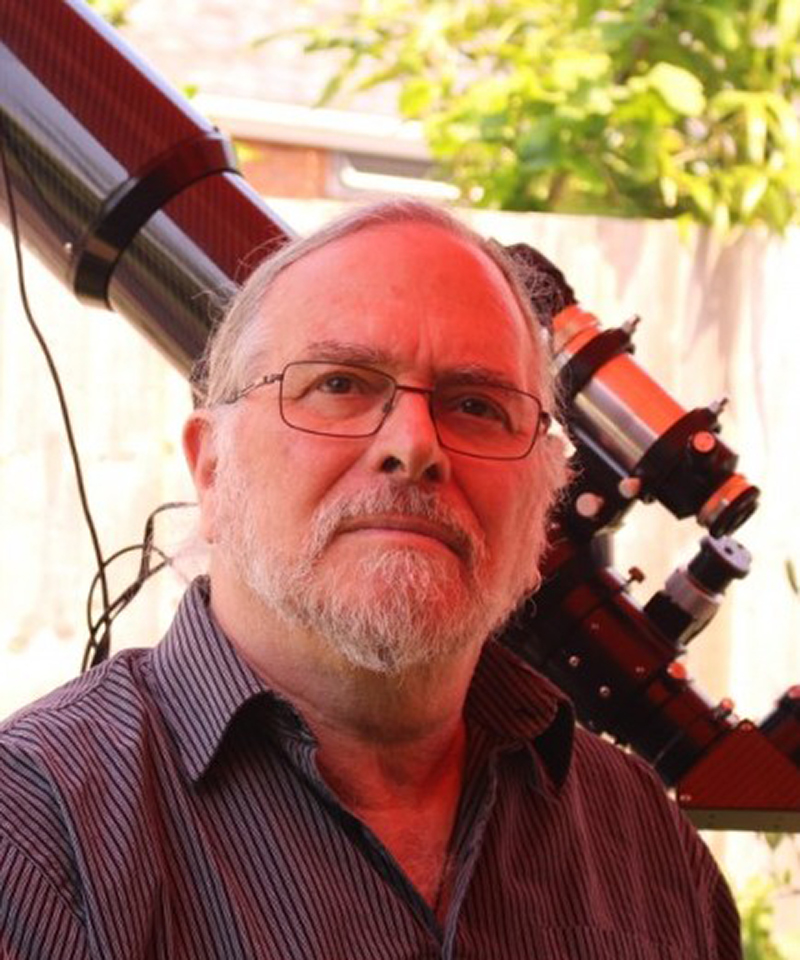An all-sky view of the Milky Way captured by ESA’s Gaia satellite. Star maps have come a long way since those of Victorian observatories! Image Credit: ESA/Gaia/DPAC, CC BY-SA 3.0 IGO
When you click on a star to identify it in a good planetarium program, you may find you’re offered a bewildering array of designations.
For example, in the popular Stellarium software, Regulus is designated as 'α Leo – 32 Leo – HIP 49669 – SAO 98967 – HD 87901 – HR3982 – WDS J10084+1158AB'.
Each of these designations comes from a different star catalogue, all of which have their own way of labelling stars.
And that list merely skims the surface – if you use a program such as Guide v9.1 to search for double stars, it has over 100 catalogues to choose from.
So why do you need all these?
The short answer is that you don’t.
Casual observers may well be satisfied by using only two designations:
Bayer and Flamsteed (even so, many of us would be more likely to say “that blue mag. +5.0 star just above that bright one there” rather than “55 Cygni”).
But as you grow in skill you may want to venture into more specialised areas, such as variable stars or double-star astronomy.
You’ll find that some catalogues are better suited to these specialised tasks than others and it’s these we shall look at here.
New and improved
Though newer catalogues may be more accurate – they’re made with improved techniques – some of the older catalogues can still be used effectively.
One such example is the Henry Draper Catalogue (HD), published in 1924 by Annie Jump Cannon (and named for Henry Draper, whose widow financed it).
Although more recent data may be available in the Hipparcos (HIP) and Tycho-2 (TYC) catalogues, made using data acquired with the European Space Agency’s Hipparcos satellite, the HD is still the best single source for magnitudes and spectral type of stars.
Many newer star catalogues use data derived from the HD.
There are three catalogues that variable star observers will find useful. HIP and TYC are the most accurate and list every star to mag. +7.3, plus 95 per cent of those up to mag. +11.5.
But Hipparcos only gathered data for three years, so these are inadequate for irregular and long-period variables.
For these, and any other variables not in HIP or TYC, you should use the older General Catalogue of Variable Stars (GCVS), but be aware that it only gives rough coordinates and some of it is based on unreliable historical data.
Selective information
Double star observers are well catered for by the Washington Double Star (WDS) and Sixth Orbit Catalogs, both of which are updated regularly (nightly, in the case of the WDS).
As a minimum, WDS data includes positions, separations, magnitudes, position angles and the apparent motion across the sky for each star.
If the orbit of a double star has been determined, the Sixth Orbit Catalog will provide orbital details and positional information for five years.
There are some astronomical observations for which only a subset of stars is relevant, such as when you’re observing lunar occultations, where the Moon passes in front of a star and blocks its light.
The Moon can only occult stars that lie within 6° 40’ of the ecliptic, so it would be pointless to include any outside this band.
Dedicated occultation prediction software, such as Occult v4.5, uses the XZ catalog, which is a corrected amalgamation of the original Zodiacal Catalog (ZC) with relevant data from the Smithsonian Astrophysical Observatory Star catalog (SAO) and AGK3 catalogue.
If you’re an amateur theoretical astronomer, there are some other catalogues you might find useful.
If your interest is infrared astronomy, for instance, the Two Micron All Sky Survey (2MASS) catalogued 470 million point sources (mainly stars) and 1.6 million extended sources (galaxies and nebulae), enough to keep you data-mining for a lifetime.
In short, there’s a tremendous amount of astronomical data available to you so, whatever your interest, you should be able to find a suitable catalogue.
Star catalogues throughout the ages
The earliest known star catalogues are from 1500 BCE Sumerian and Chinese cultures, but they do little more than record the names of stars.
It wasn’t until 370 BCE, when Greek astronomer Eudoxus of Cnidus wrote his Phaenomena, that there was a full catalogue of classical constellations visible from the latitude of the Mediterranean.
In the second century CE, Ptolemy of Alexandria catalogued just over 1,000 stars in the Almagest, and this remained the standard work in Europe and the Near East for nearly a thousand years.
Its star positions were corrected and updated in the Persian astronomer Ulugh Beg’s Zij-i-Sultani in the 15th century, but it was the dominant catalogue until 1598, when Tycho Brahe produced a catalogue of 1,000 stars with extremely accurate positions.
Five years later, Johann Bayer published Uranometria, in which stars were identified by a Greek letter and the genitive of the constellation in which they lie (for example, Spica is Alpha (α) Virginis).
The Greek alphabet contains only 24 letters, so he introduced Roman letters as well.
The legacy of this lives on in Friedrich Argelander’s system for designating variable stars, eg, RU Lupi.
Bayer’s system was limited and unsatisfactory, so the first Astronomer Royal, John Flamsteed, modified it by numbering the stars in order of Right Ascension and appending the constellation genitive, hence Spica is also known as 67 Virginis.
